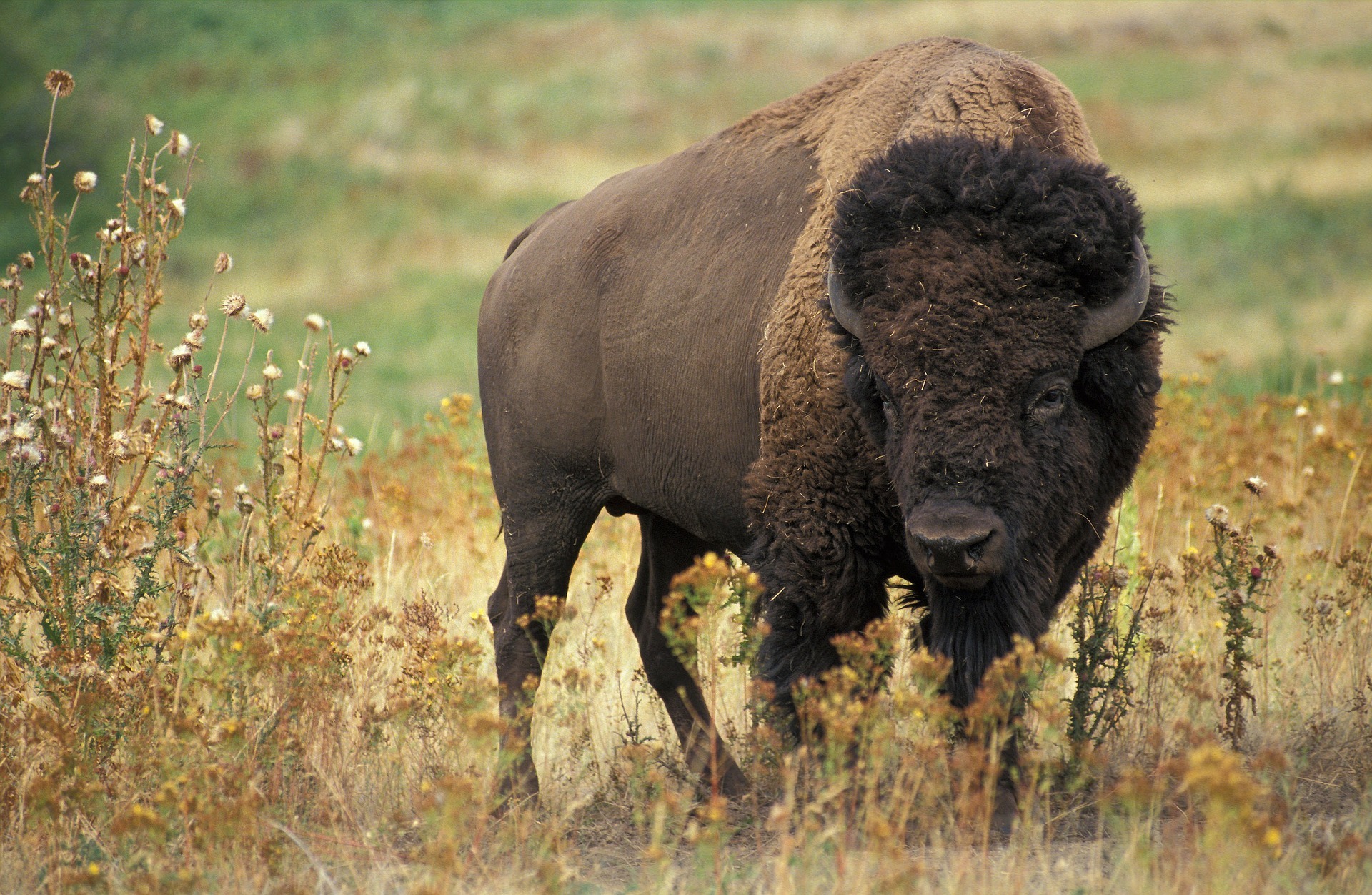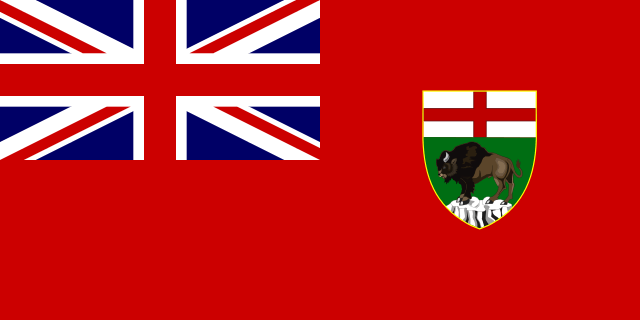Canada’s Arboreal Emblems:
Manitoba — White spruce (Picea glauca)
Return to our Arboreal Emblems of Canada resource homepage here:
Canada’s Arboreal Emblems →

Return to our Arboreal Emblems of Canada resource homepage here:
Canada’s Arboreal Emblems →


The White spruce is a medium sized conifer which develops a handsome conical crown and normally grows to 25 m in height and 60 cm in diameter. Its crown can grow to 6 m in width and its needles are 15-22 mm long, four sided, blue green with lines of white dots on all sides, unpleasantly pungent when crushed, stiff and pointed but not sharp. Its cones are slender, cylindrical, blunt tipped and stalkless, 3-6 cm long; mature open cones crush easily but do not break. The bark of the White spruce is smooth, thin, light grey in youth to darker grey and scaly with age. Newly exposed bark is salmon pink to silvery. This tree grows in every forested region in Canada except the Pacific coast, and is often found near the arctic tree line. It is also useful as a landscape specimen, hedge or windbreak. It can be slow to grow when young and not tolerant of very urban conditions.
The wood of the White spruce is soft and resilient, white in colour, indistinguishable from black and red spruce, straight grained, fine textured and homogeneous. It is medium in strength with above average stiffness, and glues and nails well while holding paint well. White spruce is an important timber tree sold for construction lumber, and is also used for ladder rails, sounding boards for instruments and food containers.
Its range overlaps with Sitka and Engelmann spruce, natural hybrids occur. Normal life span of the White spruce is 200 years. The pliable roots of white spruce were used to lace the joints of birch bark canoes.